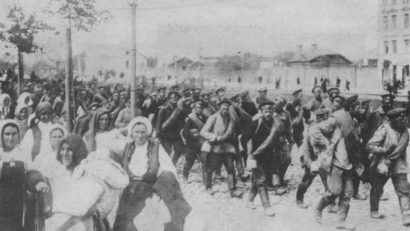
The breakout of the First World War left Romania in an awkward stance with regard to taking sides.
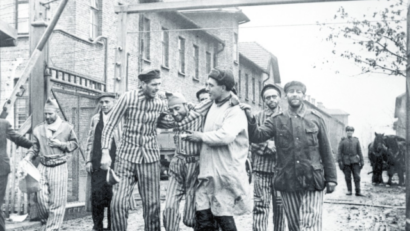
A look at the notorious death-camps from the lens of eye-witness accounts.
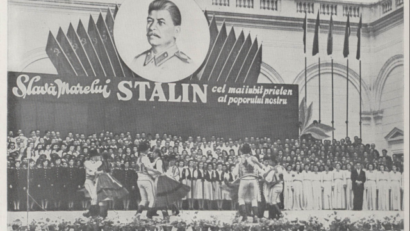
Anti-communist resistance in the early years of the communist regime
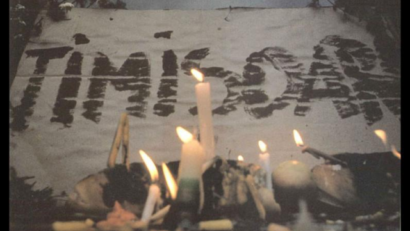
The anti-communist revolution of December 1989 remains one of the most tragic events in Romania's recent history.

Letters dating back to the Great War are an important source for historians.
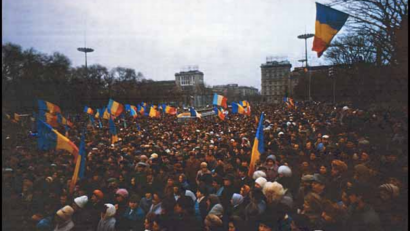
1989 was the year that brought freedom to Bessarabia, a territory annexed by the USSR in 1939, and again in 1944.
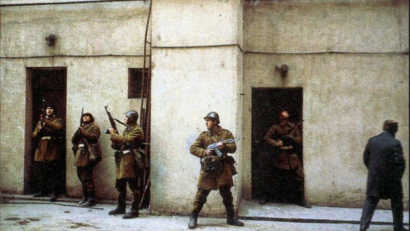
The 1989 Revolution was the most important event in the second half of the 20th century in Romania.

Romania was the only communist country where blood was spilled in the 1989 regime change.
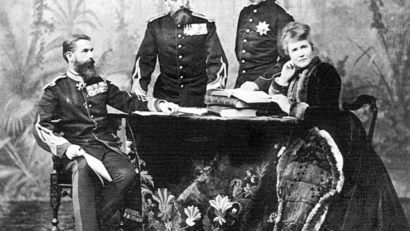
In mid 19th century the Balkan states were trying to get rid of the Ottoman influence and to adopt the western model of economic, political and society modernization.
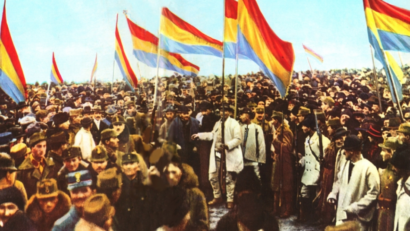
On December 1st, 1918, Transylvania joined the Kingdom of Romania into what was to be known as Greater Romania.
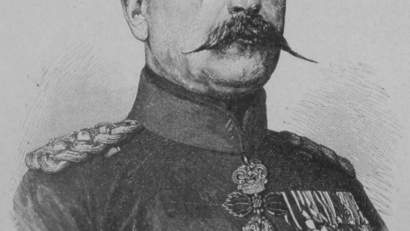
The man who stood behind the successful reign of his son, Carol I of Romania
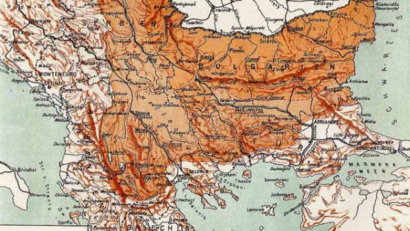
In 1185, the taxpayers of the Byzantine Empire were growing less and less patient, following an increase in taxes ahead of the marriage between Emperor Isaac II Angelos to the daughter of the Hungarian King.

Comic books, a form of Western urban pop culture, was for that reason a victim of communist regime censorship.

A look at the early days of sports transmissions on Radio Romania.
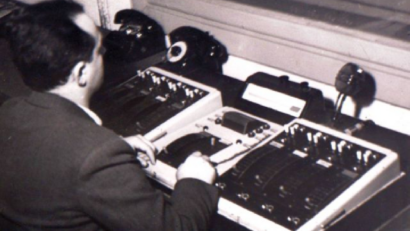
A look at the early days of the Romanian Radio Broadcasting Corporation
